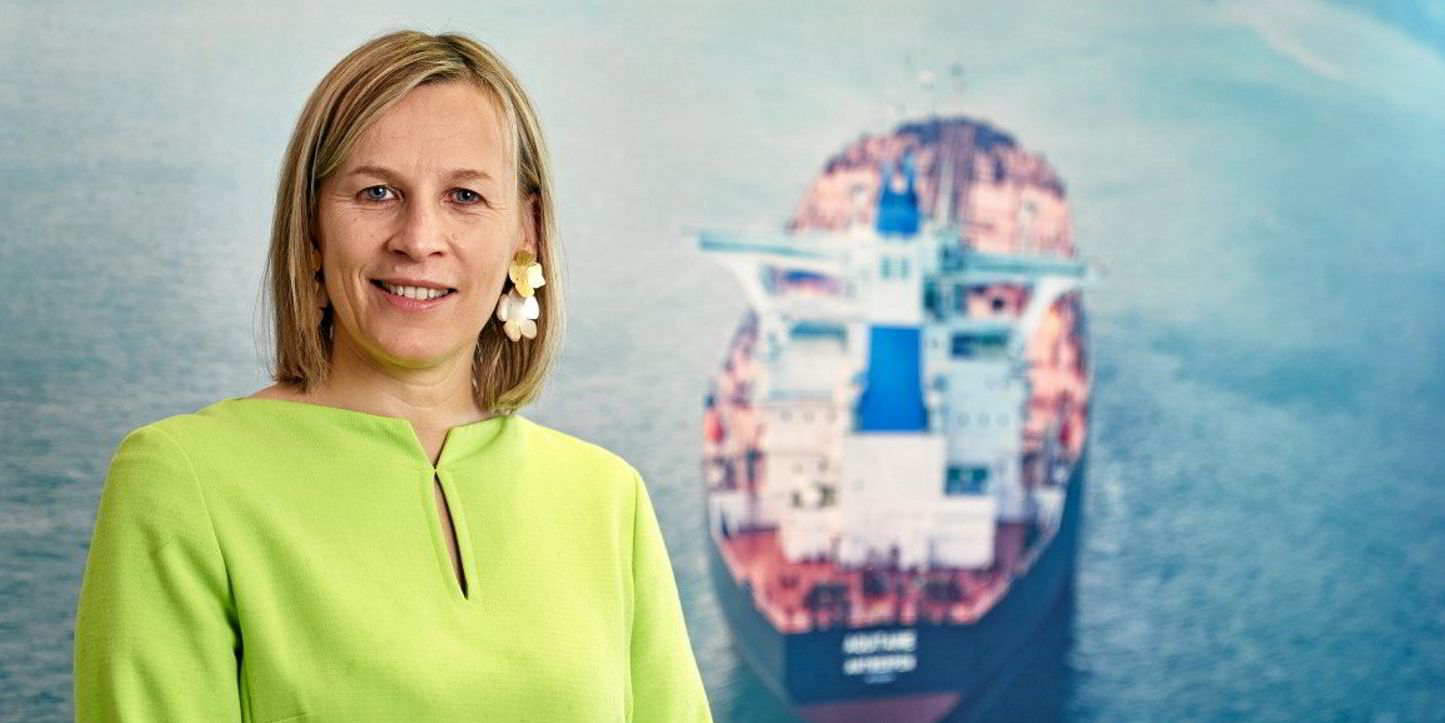The mainstream tanker trade has benefited from buyers shifting away from Russia owing to falling volumes and rising prices, according to Belgian VLCC specialist Euronav and analysts.
India and China have been the biggest buyers of cut-price Russian crude following the invasion of Ukraine but have turned to the Atlantic for barrels as Saudi Arabia and Russia announced escalating production cuts.
Twenty-eight VLCCs are scheduled to load in the US Gulf for delivery to the Asia-Pacific in August, compared to 17 in July, said shipbroker Braemar.
The rise in deliveries from the US Gulf comes as India’s share of Russian exports fell from recent levels of between 32% and 38% to 12.5% in July, according to shipowner group Bimco.
Russia on Thursday said that it would cut oil exports by 300,000 barrels a day in September. It had already pledged to reduce its oil output by 0.5m barrels a day until the end of the year.
Buyers of Russian oil have “jumped over the fence” to source barrels from the Atlantic basin that have benefited mainstream tanker owners, said Brian Gallagher, Euronav’s head of investor relations.
“We’ve seen some evidence of some substitution,” he told TradeWinds. “There has been some crackdown in China on some of the dark trades. We’re aware of one or two private ships being taken in for sanction-related reasons.
“That’s been a bit of a warning off for one or two operators. And therefore they [Chinese buyers] have jumped over the fence back into the commercial market and engaging commercial tonnage operators like ourselves.”
Cuts in Saudi production of a million barrels a day kicked in last month but were offset for tanker markets by increased production from non-Opec nations and buyers switching away from Russia.
Russian seaborne export volumes fell 16% month on month in July, said Bimco chief shipping analyst Niels Rasmussen.
The changes contributed to rates hitting $100,000 a day for VLCCs in the third week of June, as countries scrambled for supplies from the Atlantic basin. Saudi Arabia said on Thursday that it would extend the cut to include September as oil prices rise.
Russian exports are further complicated by the price of its main export grade breaching the G7 oil price cap of $60 on 10 July. It has now surpassed $70 a barrel, according to New York-based Trading Economics.
The price rise has led to an exodus of Western shipping from the trades as they face breaking G7 sanctions if they haul Russian crude sold above $60 a barrel to countries outside of the European Union.
“Some owners may, therefore, exit the Russian business despite the premium freight rates available,” said Rasmussen.
The limited exports from Russia has resulted in mainstream tonnage tapping into longer voyage distances to Asian markets and reflected in strong rates during a traditionally quiet time of the year, said Gallagher.
Tanker companies, including Euronav, have reported strong profits for the second quarter that analysts say point to a long-term solid performance for the sector.
Average time charter equivalent earnings for VLCCs topped $52,000 in June, according to Baltic Exchange data. Rates have since declined to about a fifth of that level to $10,872 on Thursday, it showed.
Read more
- Euronav reports big profits again in volatile tanker market
- Saudi shipping giant Bahri bounces back from 2022 doldrums
- Salvage teams start pumping oil from decaying supertanker
- UN will start removing FSO Safer’s ‘time bomb’ cargo next week
- Oil trading uncertainty persists, despite Russia coup fizzling out





